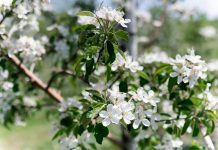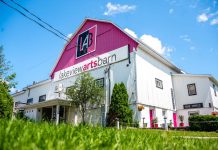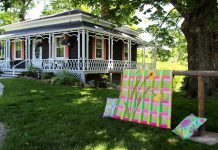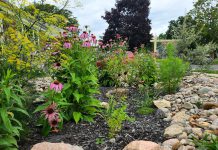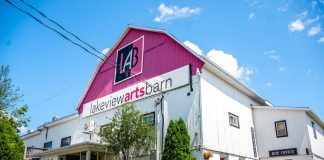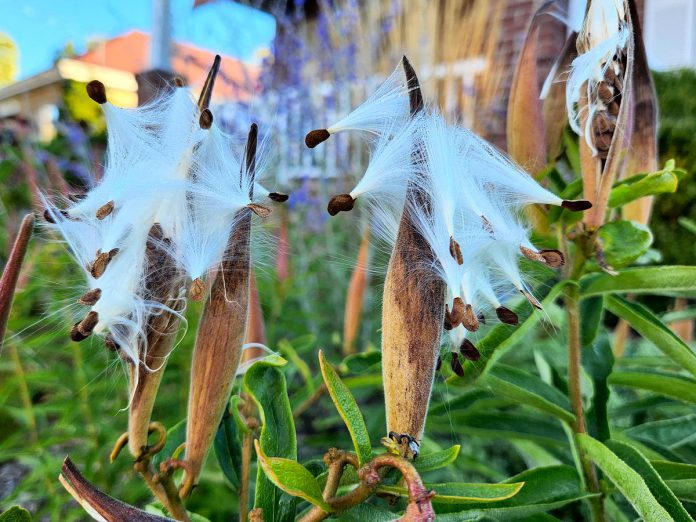
Growing native plants from seed is a great way to support biodiversity, improve your knowledge of plants, and landscape a space affordably. It’s a doable and fulfilling activity for all ages, and can be started in late fall or early winter.
The seeds of most native species require a damp winter nap before they will germinate, or begin to sprout. This process is called cold stratification. Cold stratification happens naturally when seeds get covered with leaf litter and snow.
The easiest way to propagate native plants at home is by letting nature do the work (some species, including most native grasses, don’t require stratification at all, although they may germinate better with it).
Simply distribute collected seed on bare soil in late fall, before the ground is covered with snow. Locally, Peterborough has been experiencing thaw cycles, allowing you to try this method if the snow layer melts before January.
When sprinkled on the bare soil, any seeds that aren’t eaten by birds and other wildlife will stratify in place. You can also cover the seeds with a thin layer of leaves and hardware cloth for added protection. With this method, you don’t have control over when seedlings emerge, making it a surprise come time for planting season.
When starting plants indoors, growers must mimic the conditions that seeds would experience outside. Luckily, there are many methods of artificial stratification available.
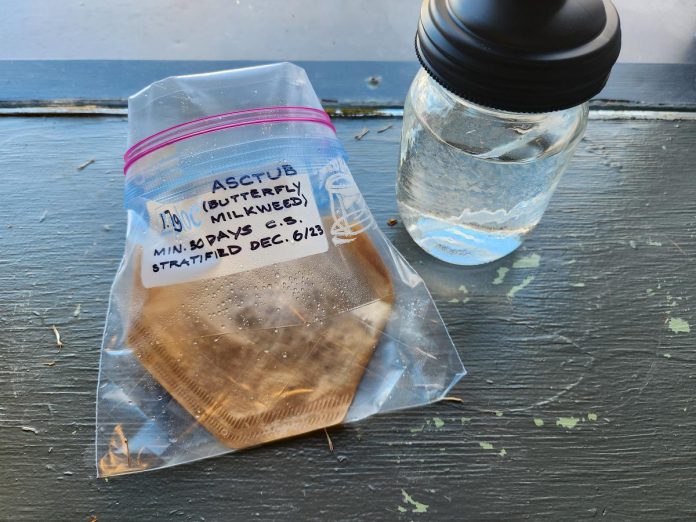
One preferred method is fridge stratification. It takes up very little space and allows you to address any problems that emerge. It also allows you to get a jumpstart on the season.
To stratify native seeds in the fridge, you will need small plastic bags (old milk bags are perfect), seeds, and a medium for holding moisture. Sand, perlite, coffee filters, or paper towels all work well.
Each species has its own germination requirements. It is important to learn about the plant and look up these details for successful germination. For example, butterfly milkweed (asclepias tuberosa) only needs 30 days of cold and damp conditions to break dormancy.
Label each bag of seeds with the species name, the source of the seed, the date, and the number of stratification days required.
If you are using a medium like sand, place a small amount into the bag, add your seeds, and spray the contents with water until the mixture is thoroughly damp.
If you are using coffee filters or paper towel, place the seeds on the paper, fold it over, and spray the paper until damp, before putting it in the bag. Fold and seal the opening to the bag and keep it in your fridge.
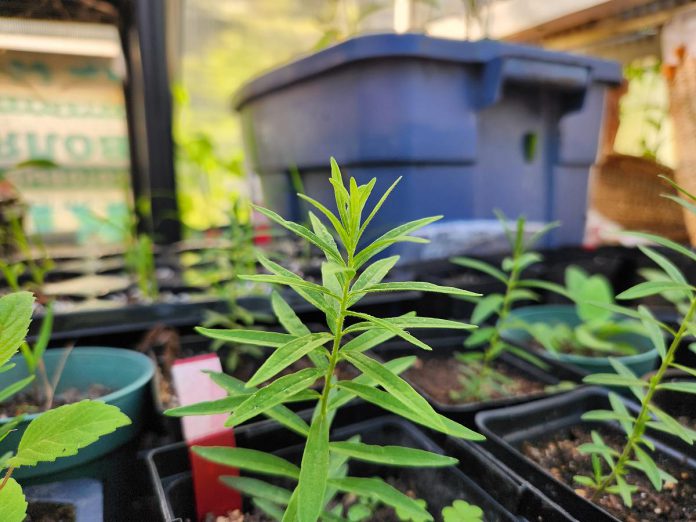
Check on your seeds every couple of weeks. Add water if they look dry, just like you would with indoor plants. You’ll also want to watch for mould growth. Coffee filters are less prone to developing mould than paper towels. If mould appears, the seeds can be transferred to fresh paper towels, or sprayed with diluted hydrogen peroxide.
Once your seeds have stratified long enough, they can be transferred to pots or trays and grown under lights until all threat of frost has passed and they can be planted outside.
Take care when sourcing seed. It should be purchased from a reputable company that harvests ethically from nearby sources. If in doubt, ask about the company’s sourcing policy, and whether they carry local ecotypes from your region. Local ecotypes are plants with genetic heritage specific to a local area.
If you are collecting seeds yourself, make sure you have permission from the property owner. Choose seeds from large well-established plant populations, and never harvest more than 10 per cent of what’s available — less if possible. Additional guidelines on responsible seed harvesting are available through the North American Native Plant Society at nanps.org/seed-collecting.
Growing native plants in the winter is a gift for the spring and summer — and it becomes easier with practice and the appropriate resources. For more information on stratifying seeds, check out Carolinian Canada’s six-part Seed Saver Training video series (see episode one below).
In 2024, GreenUP is expanding its nursery propagation work. For more information about this project, contact Hayley Goodchild, program coordinator of plant propagation operations at Ecology Park, at hayley.goodchild@greenup.on.ca or 705-745-3238 ext. 213.
VIDEO: Seed Saver Training Episode 1: Stratification and Germination
This story has been updated with edits to photo cutlines for accuracy.






